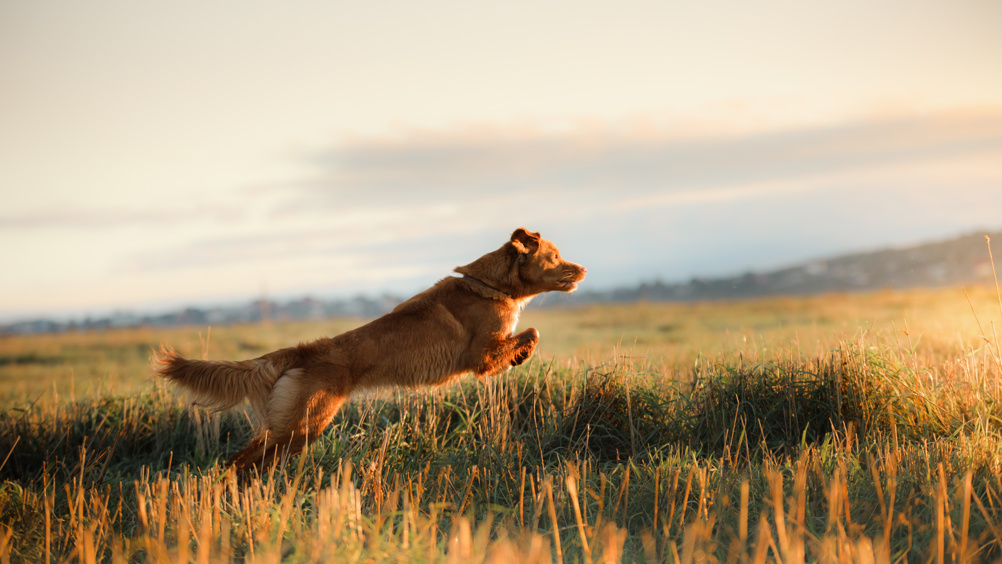Livestock attacks and new technology

After a shaky start, it seems like summer is finally here. As more people get outside for countryside walks over the summer, the risk of dog attacks on livestock increases. Dog attacks result in the severe injury or death of thousands of animals each year. Surveys have found that attacks have been increasing since the pandemic, probably as a result of the huge increase in puppies bought during this time. The NFU report that UK farm animals worth an estimated £2.4 million were severely injured and killed by dog attacks last year. This is up almost 30% from the previous year.
These attacks are heartbreaking for farmers and vets dealing with the aftermath, as well as – dare I say it – the owners of the dogs involved. While I'm sure many are irresponsible for not having their dogs on leads, very few will have expected that their beloved pet could behave in such a way. Education will be key, and the threat of prosecution will play a part in that.
Register now to continue reading
Thank you for visiting UK-VET Companion Animal and reading some of our peer-reviewed content for veterinary professionals. To continue reading this article, please register today.

